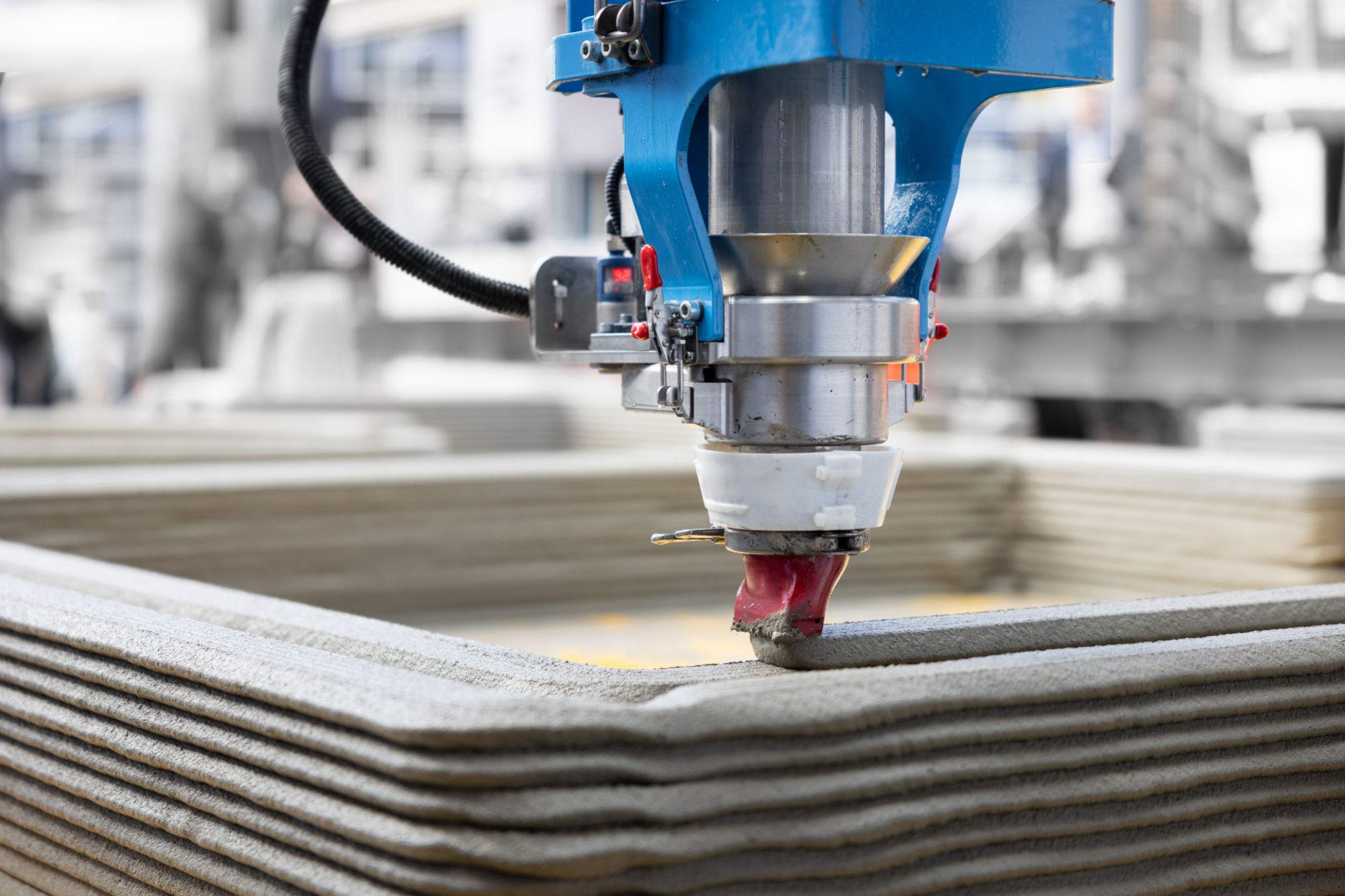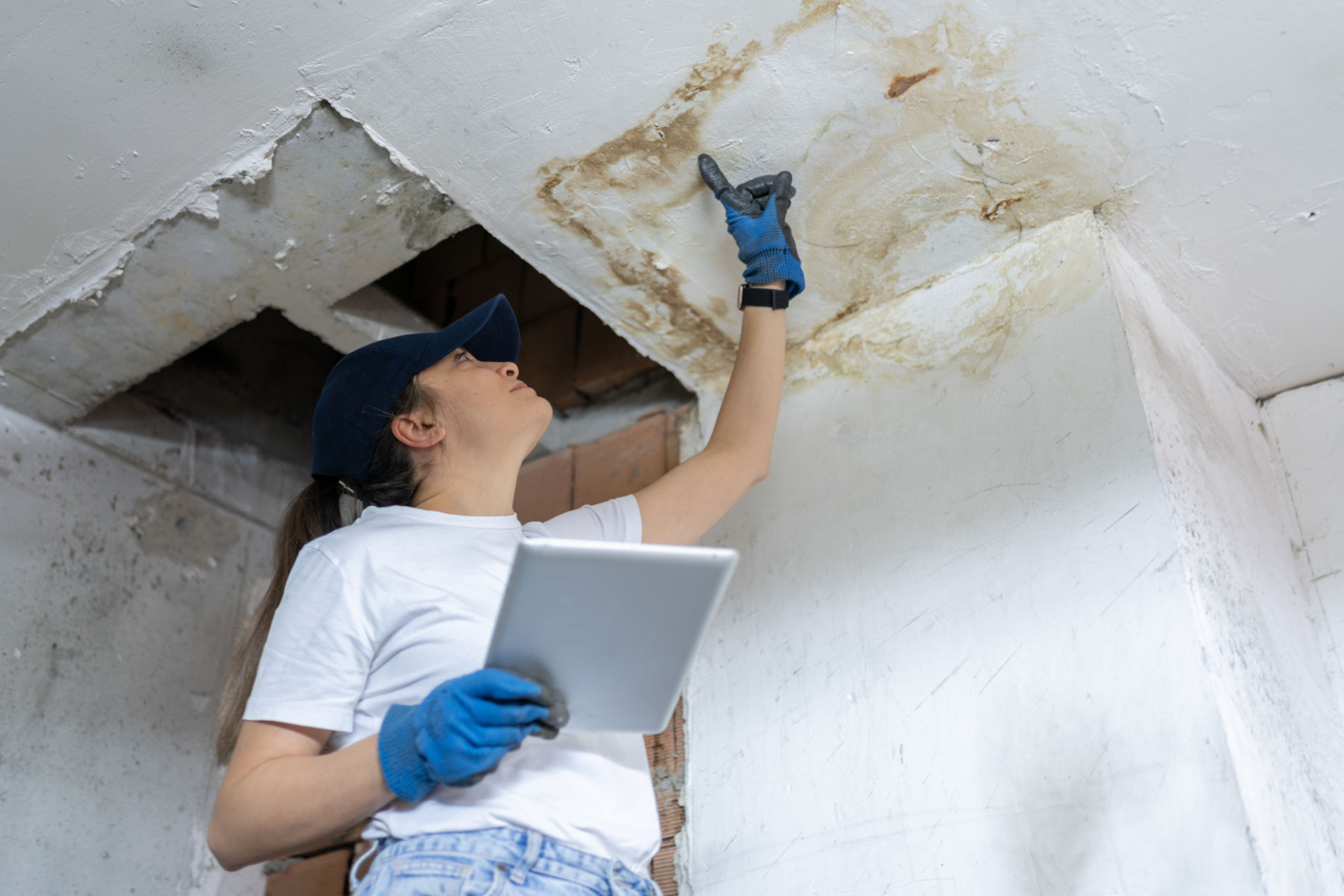Common Misconceptions About 3D Printing Services Debunked
Understanding 3D Printing Services
3D printing has revolutionized the way products are designed, prototyped, and manufactured. However, despite its growing popularity, there are still several misconceptions about 3D printing services. These misconceptions often deter businesses and individuals from fully leveraging the technology's potential. In this post, we'll debunk some of the most common myths surrounding 3D printing.

3D Printing Is Only for Prototypes
A prevalent myth is that 3D printing is suitable only for creating prototypes. While it's true that 3D printing excels at rapid prototyping due to its speed and flexibility, it is not limited to this application. Today, 3D printing is used for full-scale production across various industries, including aerospace, healthcare, and consumer goods. The ability to produce complex geometries and customized parts makes it an attractive option for end-use products.
It's Not Cost-Effective
Another common misconception is that 3D printing services are too expensive for widespread adoption. In reality, 3D printing can be highly cost-effective, especially for small production runs or customized items. Traditional manufacturing methods often require expensive molds or tooling, which can be avoided with 3D printing. As the technology advances and becomes more accessible, the costs continue to decrease.

Limited Material Options
Many people believe that 3D printing is limited to plastic materials. This is far from the truth. While plastics like PLA and ABS are popular, there are a wide variety of materials available, including metals, ceramics, and even bio-materials. These advancements have expanded the applications of 3D printing significantly, allowing for the creation of parts that can withstand high temperatures and harsh environments.
The Myth of Inferior Quality
Some skeptics argue that 3D-printed objects are of inferior quality compared to traditionally manufactured items. This misconception arises from early days when the technology was still in its infancy. Today, advanced 3D printers offer exceptional precision and quality, often surpassing traditional methods in terms of detail and complexity. Quality can vary based on the printer used and the parameters set, but with proper settings, 3D-printed products can meet stringent industry standards.

3D Printing Is Too Slow
The perception that 3D printing is a slow process often stems from a misunderstanding of its capabilities. While it's true that some large objects may take several hours to print, the overall time savings in the production cycle can be substantial. By eliminating the need for tooling and assembly in many cases, 3D printing can dramatically reduce lead times, offering a faster turnaround from design to final product.
Conclusion: Embracing the Future
The misconceptions about 3D printing services can hinder innovation and growth. By understanding the capabilities and possibilities of 3D printing, businesses can unlock new opportunities in design and manufacturing. Whether you're looking to create intricate designs or streamline your production process, 3D printing offers a versatile solution that continues to evolve and impress.